How to Build an AI Chat Bot is an exciting journey into the world of conversational intelligence. This guide will show you how to create a dynamic bot that understands and responds like a pro.
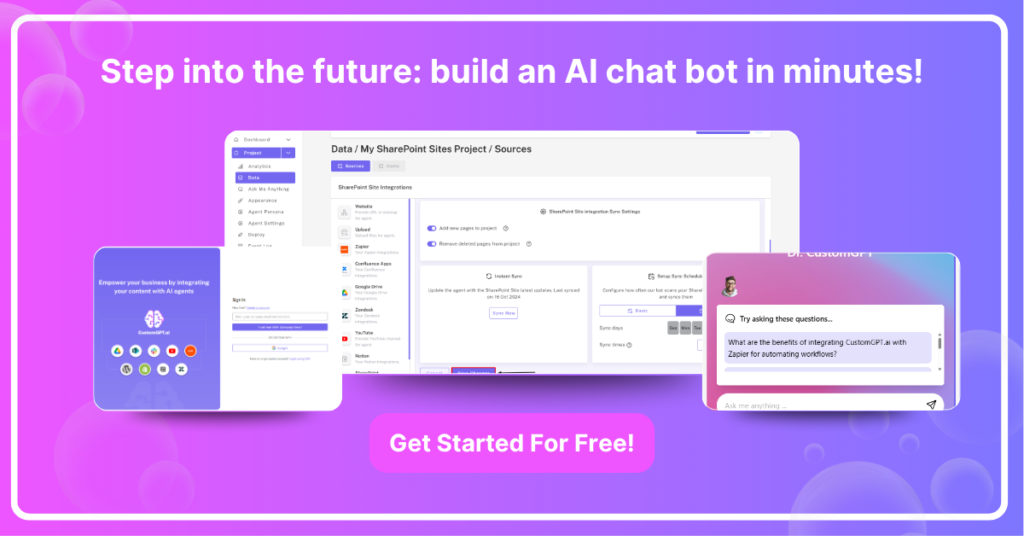
With AI chat bots transforming how we interact online, you’ll learn the key benefits of a smart conversational agent. Get ready to see how efficiency, user engagement, and automation all come together in one sleek package.
Next, we’ll dive into the power of GPT capabilities and how they elevate your bot’s language understanding. You’ll discover why GPT models have set a new standard for natural, human-like interactions.
Finally, this guide will walk you through each step, from selecting tools to deploying your chat bot live. By the end, you’ll have a clear roadmap to build and launch a GPT-powered AI chat bot that wows users.
Defining AI Chat bot and Their Types
Defining AI chat bots and their types opens the door to understanding how automated conversational agents work. This section will lay the groundwork by explaining what makes an AI chat bot unique.
AI chat bots range from simple rule-based scripts to advanced machine learning-driven systems. You’ll explore the main categories that differentiate each type.
Next, we’ll look at rule-based chat bots that follow predefined flows and decision trees. These are straightforward but limited to specific use cases.
Finally, we’ll introduce AI-driven chat bots that leverage natural language processing and machine learning. These advanced bots adapt and learn over time for more natural conversations.
Benefits of AI Chat bot
AI chat bots are specifically designed to handle conversational contexts, making them more adept at understanding user intent and providing relevant, coherent responses compared to general-purpose AI models.
- Contextual Understanding: AI chat bots maintain conversation history and context, enabling more accurate and personalized interactions.
- Optimized Responses: They are fine-tuned for dialogue, resulting in quicker, more concise answers tailored to user queries.
- Task Automation: Built-in capabilities allow chat bots to execute specific tasks, like booking appointments or retrieving information, without external prompts.
- Reduced Ambiguity: Intent recognition and predefined flows help minimize misunderstandings, ensuring users receive clear, actionable guidance.
- Scalability: AI chat bots can handle thousands of simultaneous conversations, making them ideal for large-scale customer support and engagement.
- Brand Consistency: Custom training ensures that the chat bot’s tone and style align with brand guidelines, offering a cohesive user experience.

Traditional Method in Building AI Chat bot
Traditional method in building AI chat bot involve a series of methodical phases that ensure your bot is well-defined, effectively trained, and seamlessly integrated into its intended environment.
Following these established steps helps you create a robust conversational agent that meets user needs and performs reliably.
1. Define Objectives and Use Cases
Clarify what your chat bot is supposed to achieve, who the target users are, and the specific problems it will solve. This phase sets the scope for your project and informs all subsequent decisions.
2. Select Tools and Frameworks
Choose between open-source libraries (e.g., Rasa, Botpress) or commercial platforms (e.g., Dialogflow, Microsoft Bot Framework) based on your technical requirements, budget, and desired level of customization.
3. Gather and Preprocess Data
Collect conversation examples, FAQs, and user queries relevant to your domain. Clean, normalize, and label this data to define intents, entities, and possible user utterances.
4. Design Conversational Flows
Create dialogue maps or flowcharts that outline how the chat bot should respond to different user inputs. Include fallback branches and error-handling paths to maintain a natural conversation even when unexpected inputs occur.
5. Develop and Train the Model
Implement intent classification and entity recognition components using machine learning or rule-based approaches. Train your model on the preprocessed data, then evaluate performance metrics like accuracy and F1 score to ensure reliability.
6. Test and Iterate
Conduct rigorous testing with real or simulated users, focusing on edge cases and ambiguous queries. Gather feedback, identify gaps or misunderstandings, and refine your training data and dialogue flows accordingly.
7. Integrate and Deploy
Connect your chat bot to the chosen deployment channel, website widget, messaging platform, or mobile app, and set up necessary APIs and backend services. Ensure secure authentication, data storage, and compliance with privacy regulations.
8. Monitor, Maintain, and Optimize
After deployment, continuously track user interactions, engagement metrics, and fallback rates. Use analytics to spot weaknesses, retrain the model with new data, and iterate on conversational design to improve user satisfaction over time.

Limitations and Complications of Traditional Chat bot Development
Traditional AI chatbot development often causes delays, technical hurdles, and higher costs due to extensive data preparation, complex framework configuration, and inflexible dialogue structures.
- Gathering, cleaning, and labeling conversational data can take weeks, and any gaps in data quality directly impact the bot’s ability to understand user inputs accurately.
- Learning to use platforms like Rasa or Dialogflow demands specialized knowledge, making it difficult for teams without natural language processing expertise to configure and customize the bot effectively.
- Manually designed dialogue flows frequently break when users stray from expected paths, which forces developers to create numerous, hard-to-manage fallback options.
- Training machine learning models requires significant computational power, often needing GPUs or cloud resources, and this drives up development costs and prolongs training cycles.
- Traditional intent classifiers struggle with slang, typos, or unexpected phrasing, leading to frequent misinterpretations and user frustration.
- Integrating the chat bot into websites or messaging platforms involves custom API work, secure authentication, and compliance checks, all of which add complexity and technical overhead.
- After deployment, teams must continuously monitor performance, analyze logs, and retrain the model with new data, requiring dedicated resources and extending the project’s lifecycle.
- As user traffic grows, maintaining fast response times and reliability demands additional infrastructure, load balancing, and budgetary increases that can strain organizational resources.
Leveraging CustomGPT.ai for Chat bot Development
CustomGPT.ai redefines chat bot development by enabling businesses to integrate proprietary data seamlessly, creating AI agents that are both precise and context-aware.
Unlike generic platforms, CustomGPT.ai’s scalable data ingestion ensures that even complex datasets such as legal documents or academic research are processed efficiently.
A key feature is its zero-code interface, which democratizes AI development. This approach allowed Elizabeth Planet, a nonprofit advisor, to transform her dense resource library into an intuitive chat bot without technical expertise.
The result? A significant reduction in user query resolution time, proving that accessibility doesn’t compromise sophistication.
Misconceptions about AI chat bots often stem from fears of hallucination or data breaches. CustomGPT.ai addresses these through GDPR-compliant security protocols and source-citation mechanisms, ensuring trustworthiness.
Think of it as building a bridge: the platform doesn’t just connect data to users; it fortifies the structure with transparency and reliability.
Step-by-Step Guide to Building a Chat bot with CustomGPT.ai
Building a chat bot with CustomGPT.ai is straightforward and requires just five key steps to get your AI agent up and running without any code.
1. Sign Up and Prepare Your Data
Create an account on CustomGPT.ai and verify your email. Collect and organize your documents, text files, and spreadsheets so they are clean and easy to upload.
2. Upload Proprietary Content
Use the platform’s drag-and-drop interface to import your prepared files. Ensure that you categorize and label data correctly for accurate indexing.
3. Define Intents and Sample Queries
In the intent builder, create categories for the types of questions your chat bot will handle. Provide example user inputs for each intent to teach the model how to recognize and classify queries.
4. Train and Test the Model
Click the “Train Model” button to fine-tune the GPT engine using your uploaded data and intent definitions. Switch to sandbox mode to enter test queries, verify responses, and adjust intent samples as needed.
5. Deploy and Monitor Performance
Choose a deployment channel such as a website widget or messaging app and copy the provided API key or embed code. After your chat bot goes live, review analytics on query volume and accuracy, then refine intents and retrain periodically to improve performance.

Step into the future: build an AI chat bot in minutes!
Build an AI chat bot that enhances user engagement seamlessly.
Get started for freeFAQ
What is an AI chat bot?
A software agent that uses language models to interpret and respond to user messages.
It enables automated, context-aware conversations without human intervention.
How do AI chat bots differ from general AI models?
They are fine-tuned specifically for dialogue, maintaining context and intent.
General AI models handle broad tasks but lack conversational specialization.
What are the traditional method in building an AI chat bot?
Define objectives, gather and preprocess data, design conversational flows, train the model, then test and deploy.
Finally, monitor performance and iterate based on user interactions.
What benefits do GPT capabilities bring to chat bots?
They provide natural, human-like responses and adapt to diverse topics dynamically.
This leads to higher accuracy and more engaging user experiences.
How does CustomGPT.ai simplify chat bot development?
It offers a zero-code interface for uploading data, setting intents, and fine-tuning GPT models.
This streamlines training, deployment, and ensures secure, context-aware performance.
Conclusion
Building an AI chat bot starts with setting clear goals, gathering and organizing relevant data, and designing conversational flows that align with user needs.
By following a structured development process, defining intents, training models, and continuously testing, you ensure your bot delivers accurate, context-aware responses that enhance engagement.
Leveraging GPT capabilities elevates your chat bot’s language understanding, allowing it to handle complex queries with human-like fluency.
Instead of dealing with the technical challenges of traditional methods, you can focus on refining user interactions and scaling your solution. This approach saves time, reduces errors, and leads to a more robust conversational agent.
Platforms like CustomGPT.ai make it easy to build, deploy, and maintain your chat bot without writing any code. From data ingestion to fine-tuning and analytics, every step is streamlined so you can launch faster and adapt as your needs evolve.
Ready to bring your AI chat bot vision to life? Get started now at CustomGPT.ai Custom Persona.
Step into the future: build an AI chat bot in minutes!
Build an AI chat bot that saves time, reduces costs, and improves customer satisfaction.
Trusted by thousands of organizations worldwide





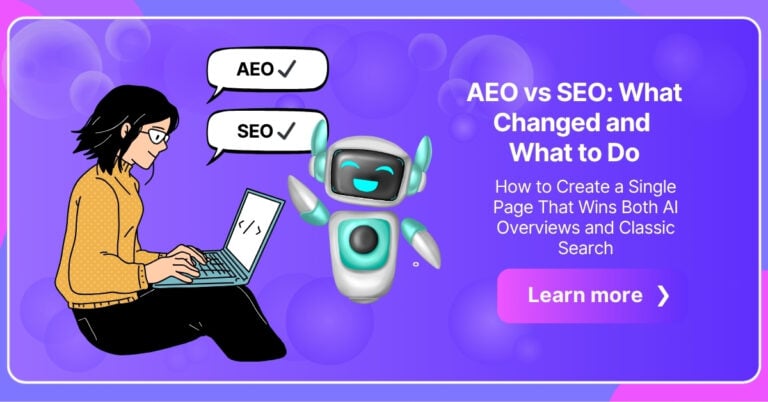
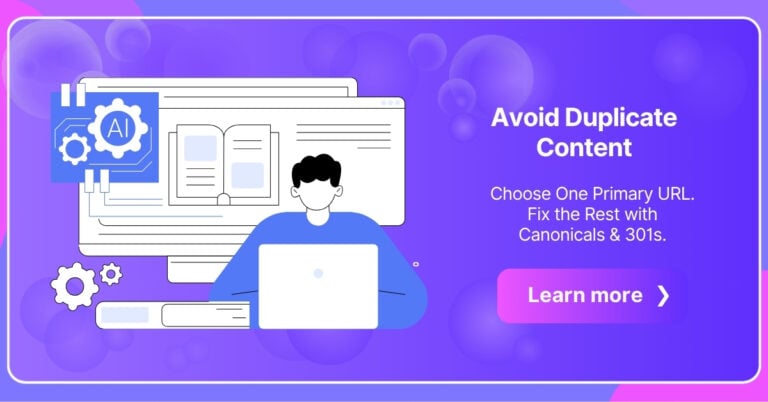
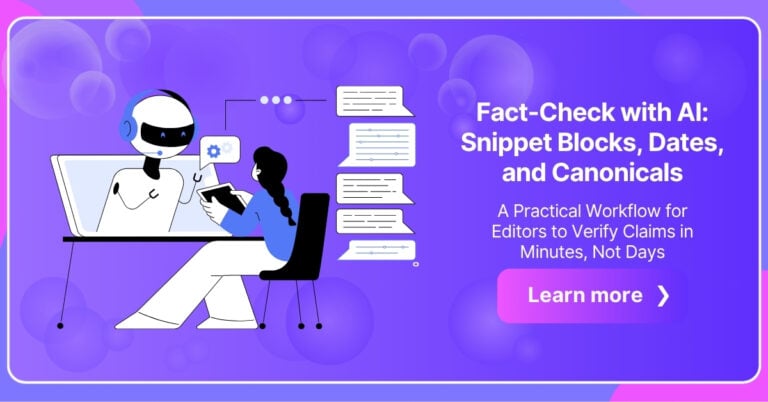
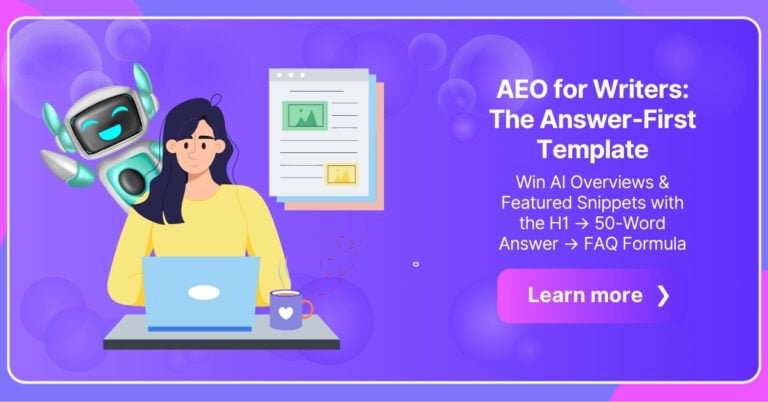
1 Comment
Super helpful—just what I needed!